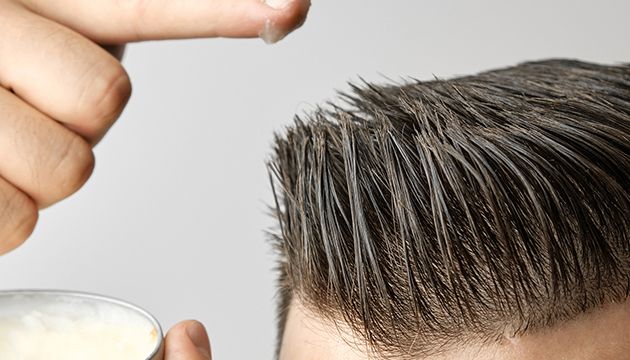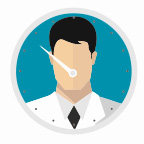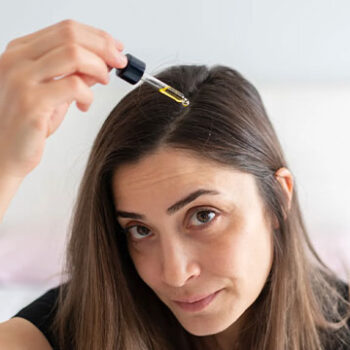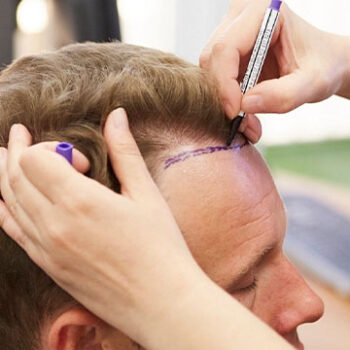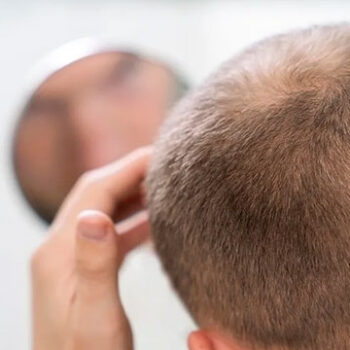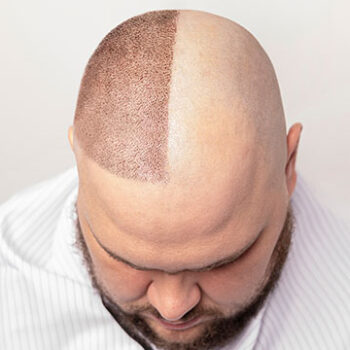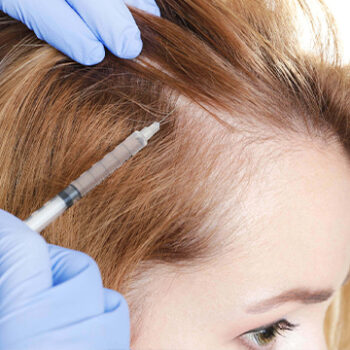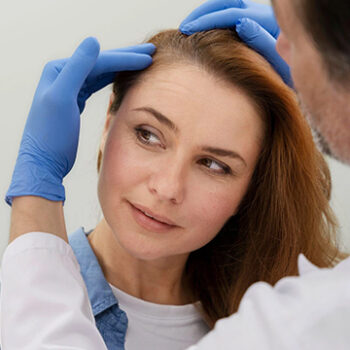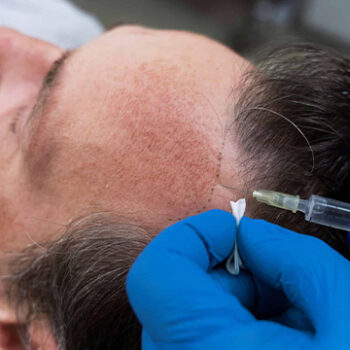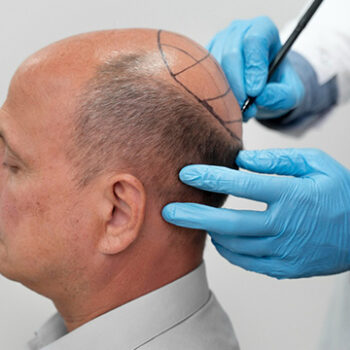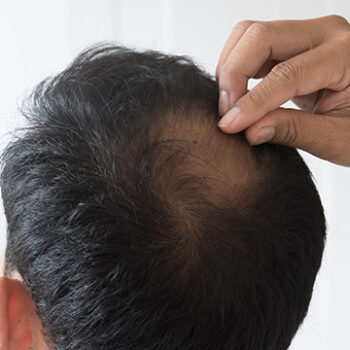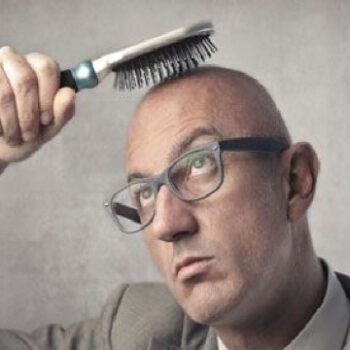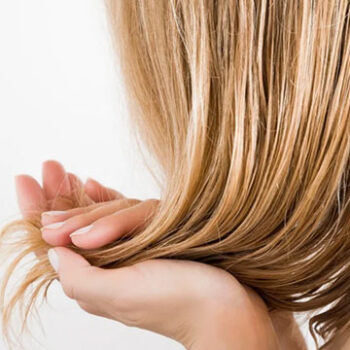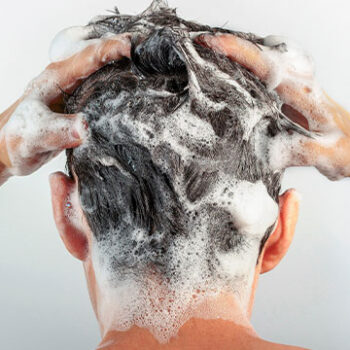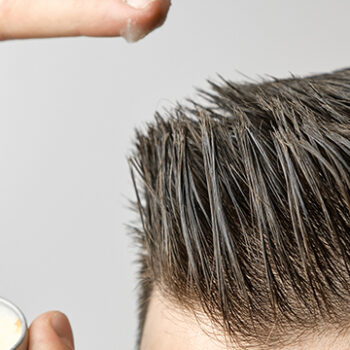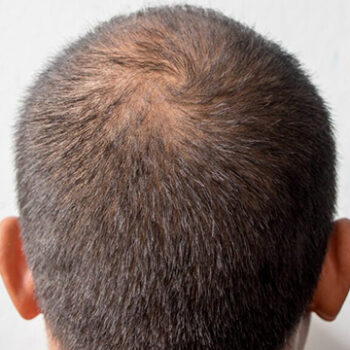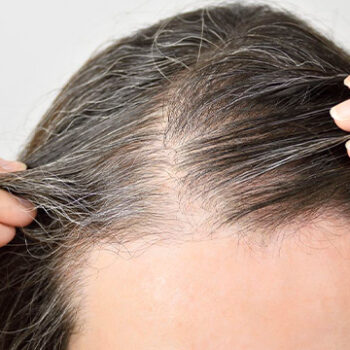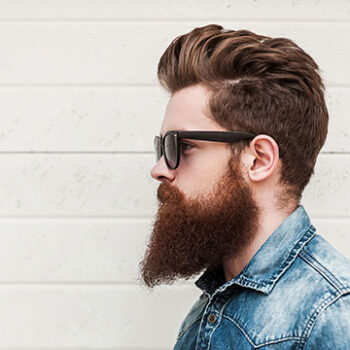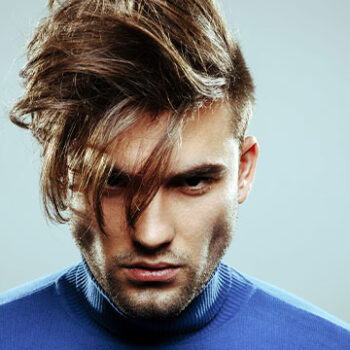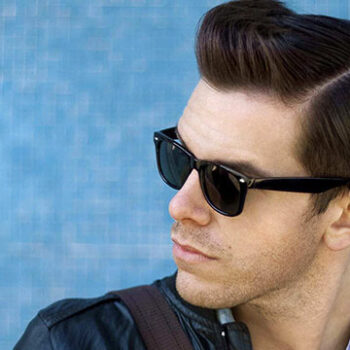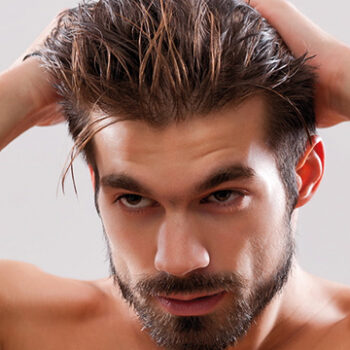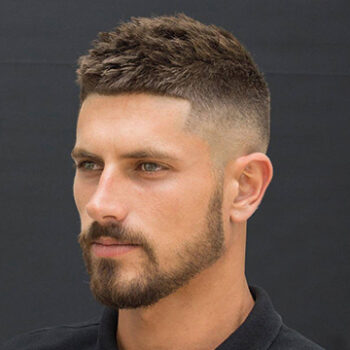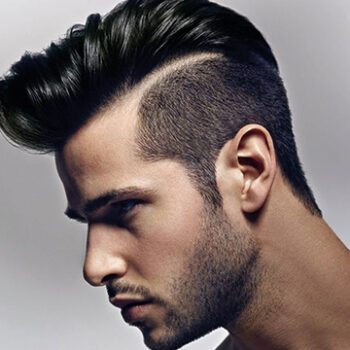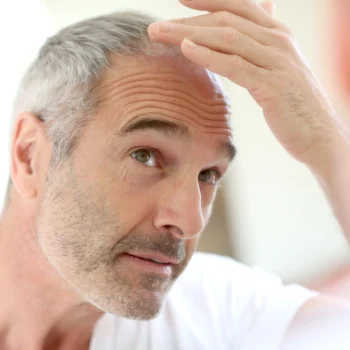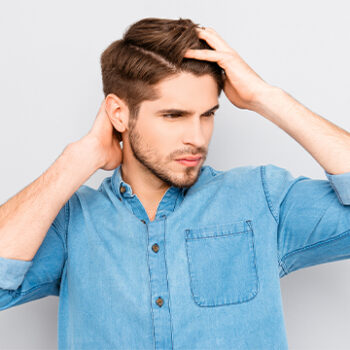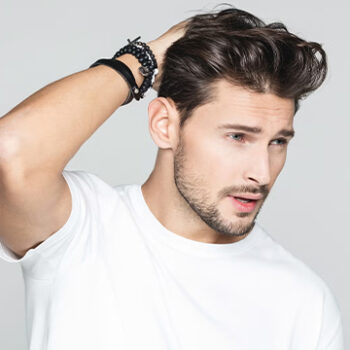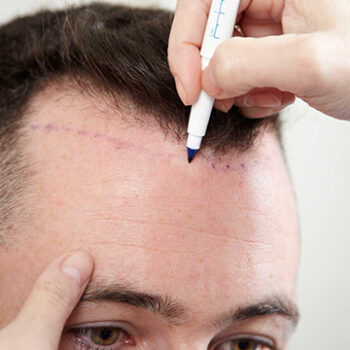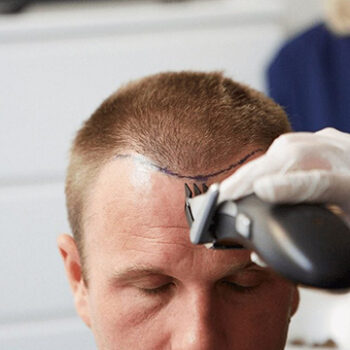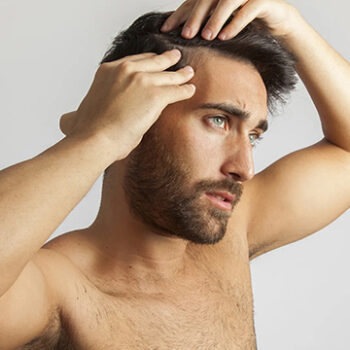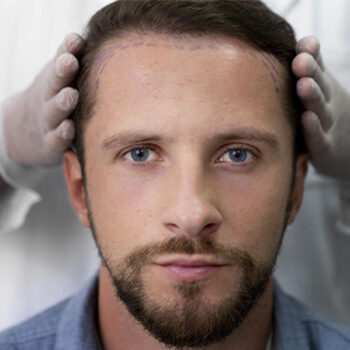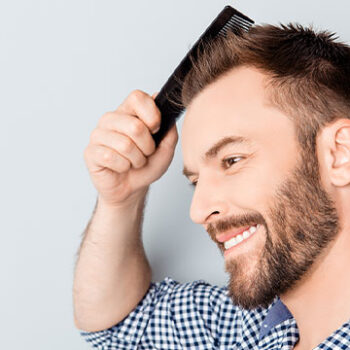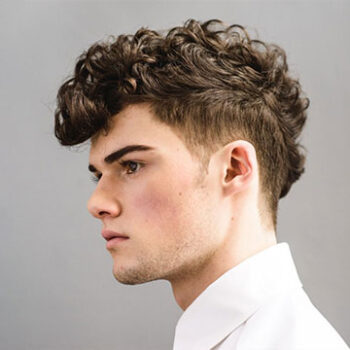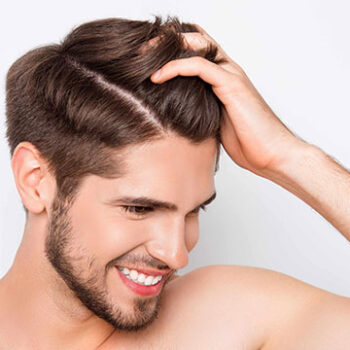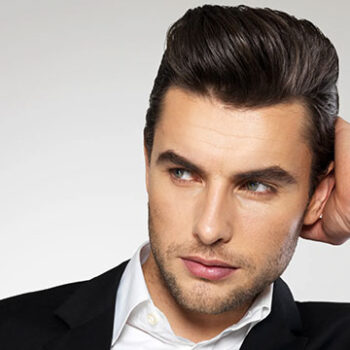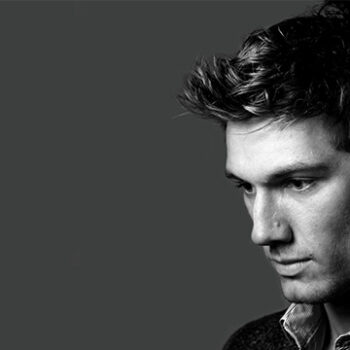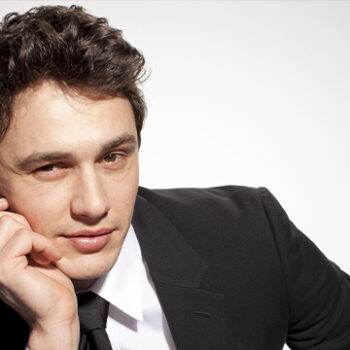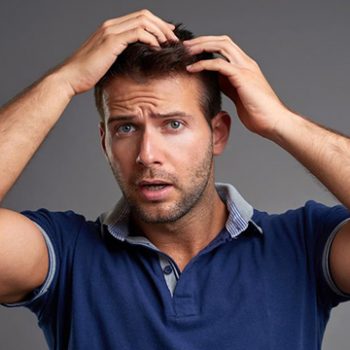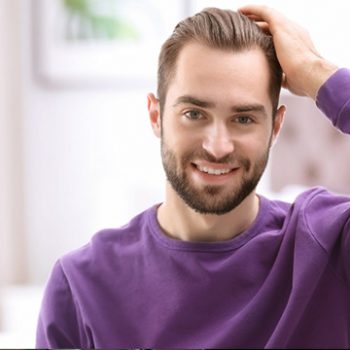Does Gel Cause Hair Loss?
The question of whether hair gel causes hair loss has persisted for decades, worrying many who use styling products regularly. With countless individuals incorporating hair gel into their daily grooming routines, concerns about potential long-term damage and hair thinning deserve thorough investigation. This article examines the scientific evidence behind these concerns, distinguishes between myths and facts, and provides practical advice for using gel without compromising hair health.
The Science Behind Hair Gel and Its Ingredients
Hair gel achieves its styling capabilities through a combination of ingredients designed to coat the hair shaft and provide hold. Understanding these components is essential to evaluating their potential impact on hair health:
Common Ingredients in Hair Gels
Most commercial hair gels contain several basic components:
- Polymers: These provide the “hold” factor, creating a film around hair strands that keeps them in place
- Alcohols: Help the product dry quickly after application
- Preservatives: Prevent bacterial growth and extend shelf life
- Fragrance: Adds pleasant scent
- Colorants: Provide visual appeal to the product
- Moisturizers: Some formulations include conditioning agents
How Hair Gel Interacts with Hair Structure
Hair gel works primarily on the external hair shaft—the visible part of hair composed of dead keratin cells. Unlike the living hair follicle beneath the scalp, the hair shaft cannot be “damaged” in ways that affect hair growth directly. This distinction is crucial when evaluating gel’s potential impact on hair loss.
When applied, gel coats the hair shaft, dries, and forms a rigid structure that holds hair in position. This external interaction typically doesn’t directly influence the biological processes of hair growth occurring at the follicle level.
Debunking Common Myths About Hair Gel and Hair Loss
Before examining legitimate concerns, let’s address several persistent myths:
Myth 1: Hair Gel Blocks Hair Follicles and Prevents Growth
Reality: Hair gel applied to the hair shaft does not penetrate deeply enough to affect the follicles where hair growth originates. The growth process occurs below the scalp’s surface, largely unaffected by products applied externally to existing hair strands.
Myth 2: The Chemicals in Gel Kill Hair Roots
Reality: While some gel ingredients might not be ideal for overall hair health, they generally don’t reach the living hair follicle in concentrations sufficient to cause damage or “kill” roots. Hair follicles are protected by layers of skin that prevent most topically applied products from reaching them in harmful amounts.
Myth 3: Hair Gel Directly Causes Permanent Baldness
Reality: No scientific evidence supports the claim that hair gel usage leads directly to permanent baldness or alters genetic hair loss patterns. Male or female pattern baldness (androgenetic alopecia) results primarily from genetic predisposition and hormonal factors, not styling product use.
Legitimate Concerns: How Hair Gel Could Indirectly Affect Hair Health
While hair gel doesn’t directly cause hair loss, certain usage patterns and ingredients may contribute to conditions that affect hair appearance and health:
1. Mechanical Damage from Styling
Frequent use of strong-hold gels, particularly when paired with aggressive styling, can contribute to hair breakage through:
- Reduced hair flexibility: Stiff, gel-coated hair becomes brittle and more prone to breakage when manipulated
- Removal trauma: Forcefully combing through or washing out hardened gel can break hair strands
- Friction damage: Hair coated with dried gel experiences increased friction against pillows and other surfaces
This breakage may give the appearance of thinning hair, though it doesn’t affect actual hair growth or follicle health.
2. Ingredient-Related Concerns
Some gel ingredients merit consideration:
- Alcohol content: High alcohol concentrations (particularly SD alcohol, denatured alcohol, or isopropyl alcohol) can dry out hair shafts, making them brittle and susceptible to breakage
- Sulfates: Present in some gels, these can strip natural oils from the hair and scalp
- Parabens and phthalates: While controversial, some research suggests these preservatives may potentially disrupt hormone function, though their effect on hair specifically remains unproven
3. Scalp Health Considerations
Perhaps the most legitimate concern involves how gel might affect scalp health when:
- Applied directly to the scalp: Gel buildup on the scalp can potentially clog pores and hair follicles
- Not removed properly: Chronic product buildup may lead to scalp irritation, inflammation, or folliculitis
- Combined with infrequent washing: Extended periods without properly cleansing can exacerbate buildup issues
These scalp conditions, if severe and prolonged, could theoretically contribute to temporary hair shedding or thinning in affected areas.
Research and Expert Opinions
The scientific community has not identified a direct causal relationship between hair gel use and permanent hair loss. Dermatologists and hair specialists generally agree:
- Normal use of hair gel does not directly cause pattern baldness
- Temporary hair breakage from styling practices is not the same as true hair loss
- Scalp irritation from product overuse or sensitivity may contribute to temporary shedding
- Individuals with pre-existing scalp conditions should choose products carefully
Dr. Maria Reynolds, a board-certified dermatologist specializing in hair disorders, notes: “In my clinical practice, I’ve never diagnosed a case of permanent hair loss that could be attributed solely to hair gel use. The concerns are more about how these products might exacerbate existing conditions or contribute to breakage, which can mimic thinning.”
Signs Your Hair Gel Might Be Problematic
Consider switching products or usage patterns if you experience:
- Increased hair shedding specifically after applying gel
- Scalp itchiness, redness, or flaking that correlates with gel use
- Unusual dryness or brittleness of hair
- Residue that remains despite normal washing
- Scalp acne or folliculitis in areas where gel contacts the skin
Best Practices for Using Hair Gel Without Harming Hair
To minimize potential negative effects while still enjoying the styling benefits of gel:
1. Select Better Formulations
Look for gels that:
- Are alcohol-free or contain minimal alcohol
- Include moisturizing ingredients like aloe vera, glycerin, or natural oils
- Avoid harsh preservatives when possible
- Are marketed as “scalp-friendly” or non-comedogenic
2. Apply Properly
Improve application techniques by:
- Focusing gel on hair strands rather than the scalp
- Using the minimum amount needed for desired hold
- Avoiding daily reapplication without washing
- Never applying to already dirty or product-laden hair
3. Practice Thorough Removal
Remove gel completely by:
- Using a clarifying shampoo weekly to remove buildup
- Ensuring water temperature is warm enough to properly dissolve product
- Massaging the scalp thoroughly during washing
- Considering occasional scalp exfoliation treatments
4. Give Hair Breaks
Incorporate product-free days by:
- Alternating styling products (mousse, light sprays)
- Embracing natural styles periodically
- Using hat days or different hairstyles that require less product
Alternatives to Traditional Hair Gel
For those concerned about potential hair damage, consider these alternatives:
- Water-based pomades: Provide hold with easier removal
- Natural styling products: Aloe vera gel, flaxseed gel, or products with plant-based ingredients
- Mousses: Often contain conditioning agents while providing lighter hold
- Styling creams: Typically less drying than traditional gels
When to Consult a Professional
Seek professional advice if you experience:
- Unusual hair shedding that coincides with gel use but doesn’t resolve when discontinued
- Persistent scalp irritation, pain, or severe flaking
- Patches of hair loss or noticeable thinning
- Hair texture changes that seem permanent rather than temporary
A dermatologist can determine whether observed hair loss relates to product use or has another underlying cause requiring different treatment.

 English
English Français
Français Deutsch
Deutsch Türkçe
Türkçe 中國人
中國人